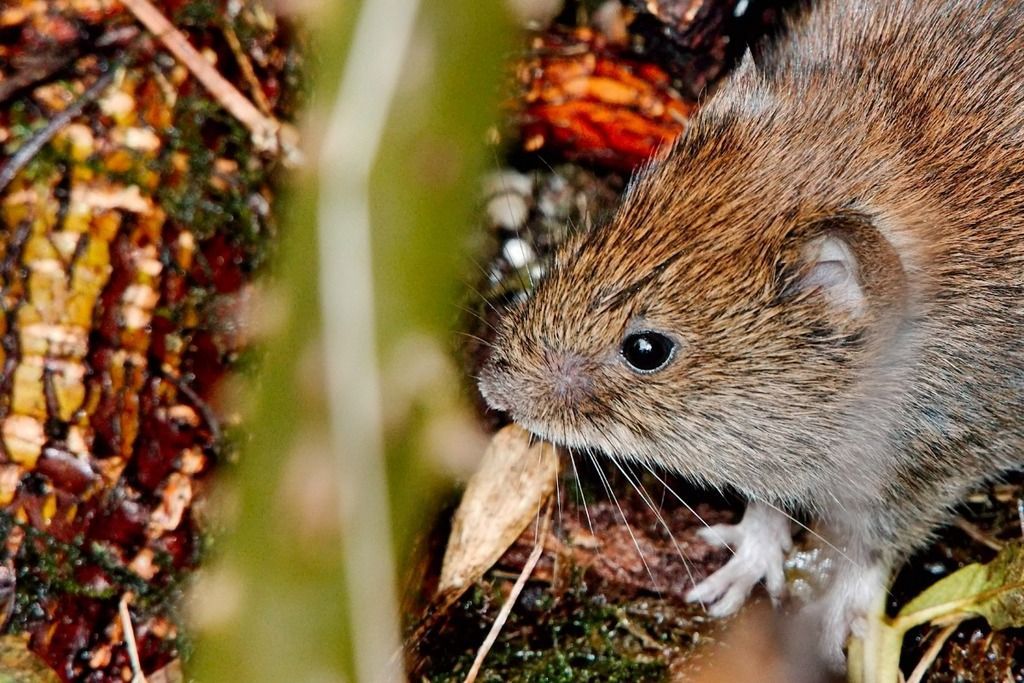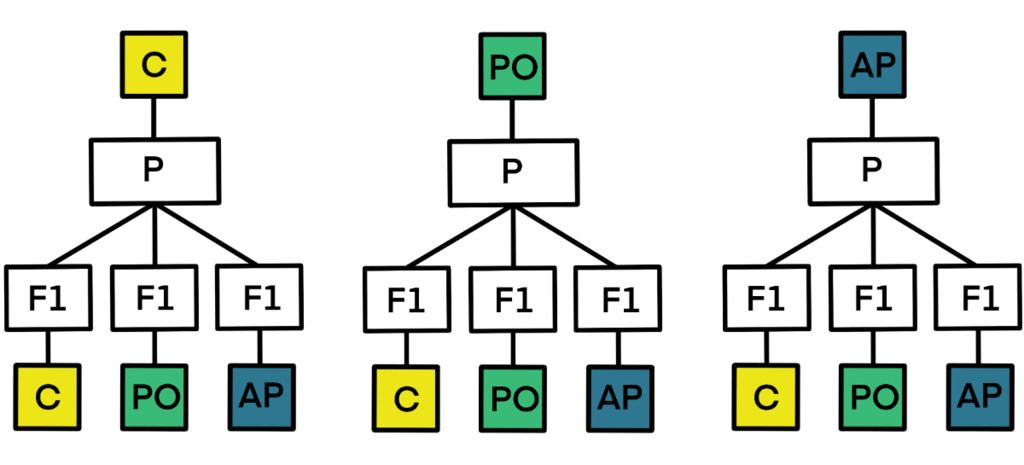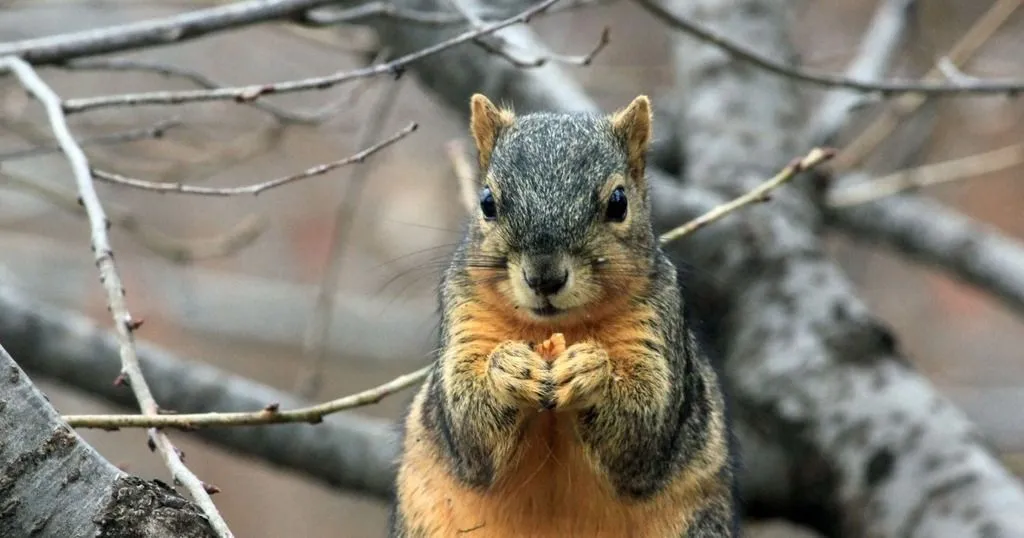How bank voles take the future into account
Bank voles are often exposed to predator odor and alarm pheromones. This perceived predation risk may cause cross-generational behavior changes, which seem to be context-dependent on their in utero exposure.
Posted by
Published on
Wed 25 Mar. 2020
Topics
| EthoVision XT | Exploratory Behavior | Olfaction | Open Field |

As a researcher, you are always proud of the projects you work on, so I am happy to share this article about my own research. My research team tried to identify if a predator’s scent-triggered fear response could be transferred to the next generation of bank voles. The experiments described below resulted in definite proof that these cross-generational effects actually exist, which is fascinating to me. It also opens up pathways to many other potential studies on this topic. My personal favorites were trying to work out how well this mechanism works in an ecologically meaningful environment, and how exactly this transfer happens in the first place (i.e., what response is triggered by which scents). I am very grateful I was able to contribute a small, but significant part to this study. Enjoy reading!

Predator - prey interaction
Predator odors and alarm pheromones
For this study on bank vole behavior, I collaborated with researchers from the Netherlands and Finland. In the wild, bank voles are hunted by the least weasel. If they survive an encounter with this predator, they produce a specific scent (i.e., alarm pheromones) which warns conspecifics of weasel presence. The scent of the weasels themselves are also an olfactory (i.e., scent) warning.
Behavioral changes
These scents play an important role in bank vole survival and cause them to change their behavior. They might avoid high-risk areas and try to find hiding places. It might even be possible, likely through hormonal pathways, that they can change their offspring’s behavior.
Experimental design
We wanted to find proof for this cross-generational behavior transfer. We started the experiments by preparing nine 50 x 50 m outdoor enclosures, each containing 25 live traps. Early in the mating season we put six females and four males in each enclosure, so 54 females and 36 males in total.

The voles are divided over three groups, i.e., Control Treatment (C), Predator Odor (PO) and Alarm Pheromone (AP). The offspring from each group (F1) is again divided into three groups, resulting in nine unique treatment groups.
Parental odor treatment
The group of 90 voles was divided into three (i.e., 3 enclosures per group), and after activation we checked the live traps twice a day. Whenever a vole was trapped, we would expose it to either predator odor (PO, weasel bedding), alarm pheromones (AP, bedding of a weasel-exposed bank vole), or to a control scent (C, clean bedding) for three minutes. During this two-week period they had the possibility to mate. After the period ended, all voles were caught and brought to a lab where we put them in individual cages. Then, we checked females twice a day to see if they had given birth.
Pup odor exposure
After weaning, the pups that were born from these voles were again divided into three groups, PO, AP and C (see figure X). Each pup underwent a behavioral test in an open arena, in which bedding was spread out containing the pup’s assigned scent. Then, we put the voles in the center of the arena and let them explore for 10 minutes. All experiments were filmed and later analyzed using Noldus Ethovision XT. We recorded the vole’s total movement distance, movement bouts (i.e., a constant movement with <5 s of no movement) and location. For the location analysis, the arena was digitally divided into a center zone and a border zone. This was later used to see how much time the voles spent both close to the wall and in the center of the arena.
Cross - generational effects
Context - dependent behavior
We found a significant effect of parent treatment on pup behavior. What is worth noticing here is that the cross-generational effect is highly context-dependent. Pups of parents treated with PO showed increased anxiety (i.e., sought shelter close to the arena walls) when exposed to the control scent, while they showed less fear while exposed to either PO or AP (i.e., spent more time in the center zone).
Predator avoidance
Contrary to our expectations, and independent of their in utero treatment, pups exposed to PO in the arena did not decrease their total distance moved. Under natural circumstances, voles would have fled to a safe place. However, in the arena there were no safe places, and the risk-indicating scent was evenly spread throughout the area. Therefore, it is possible that the pups kept moving in order to avoid any predators, or they tried to gather more olfactory (i.e., scent) information about their surroundings in order to find a safer place.
Bold pups
Bank vole density fluctuates over the years, and predator density follows this with a roughly 6 month delay. Therefore, and because voles don’t live long, if a vole was exposed to high predation risk, it is likely that its offspring will face this same high risk. Because of that, increased boldness through in utero exposure to predation risk might have an advantage. Instead of waiting until the risk decreases, which might not happen during the vole’s lifetime, they are bold enough to explore, mate and forage despite the increased predation risk.
References
Sievert, T., Kerkhoven, A., Haapakoski, M., Matson, K. D., Ylönen, O., & Ylönen, H. (2020). In utero behavioral imprinting to predation risk in pups of the bank vole. Behavioral Ecology and Sociobiology, 74(2), 13.
Header photo: https://upload.wikimedia.org/wikipedia/commons/8/86/Bank_voles.jpg
Related Posts
![Neuroscience conferences in 2020 [UPDATED]](https://mescalero.noldus.com/storage/core-blog/neuroscience-conferences-2020.webp)
Neuroscience conferences in 2020 [UPDATED]

